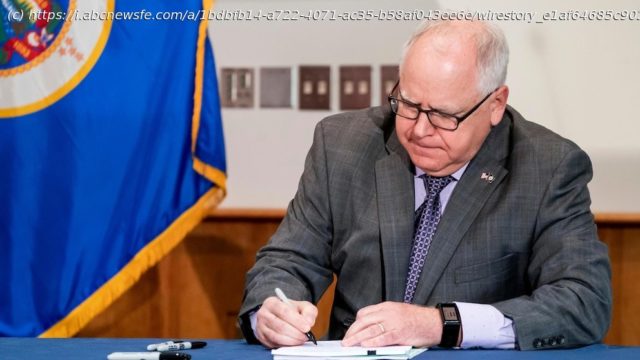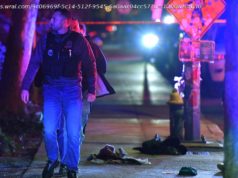Kamala Harris’ selection of Minnesota Gov. Tim Walz to be the Democratic vice presidential candidate has revived the debate over how he handled the biggest crisis of his political career
Kamala Harris’ selection of Minnesota Gov. Tim Walz to be the Democratic vice presidential candidate has revived the debate over how he handled the biggest crisis of his political career.
Minneapolis and St. Paul erupted after a white Minneapolis police officer killed George Floyd. The Black man’s murder in 2020 sparked a nationwide reckoning over racial discrimination and police misconduct. What the governor did — or failed to do — during the protests and their aftermath still draws sharp criticism from Republicans who say he should have acted sooner. And some progressives complain that Walz was not assertive enough in fixing the state’s police agencies.
Here are some takeaways about about how Walz handled the protests and police reform efforts:
Floyd was killed on May 25, 2020, Memorial Day. Bystander video of his dying cries of “I can’t breathe” spread quickly, stoking outrage. The protests were mostly peaceful at first, albeit with some vandalism and clashes with police.
Major looting started on May 27, two nights later. The police chief asked Minneapolis Mayor Jacob Frey to seek help from the National Guard. Walz, a 24-year National Guard veteran, approved a limited activation on May 28 though he continued to leave most of the response in the hands of local authorities.
The destruction only worsened that night. Protestors took control of the 3rd Precinct police station, which was torched.
On May 29, Walz criticized the “abject failure” of the city’s response. He ordered a full mobilization of the Guard on May 30 and calm returned, but not before more than 1,500 businesses and buildings had been damaged, at a cost estimated to be nearly $500 million.
The Republican-controlled Minnesota Senate held hearings that July. The final report in October 2020 blamed a failure of executive leadership at the state and local level and a hesitation by the Democratic governor and city leaders to confront their ideological allies.
Домой
United States
USA — mix Takeaways from Minnesota Gov. Tim Walz's response to violence after George Floyd's...






